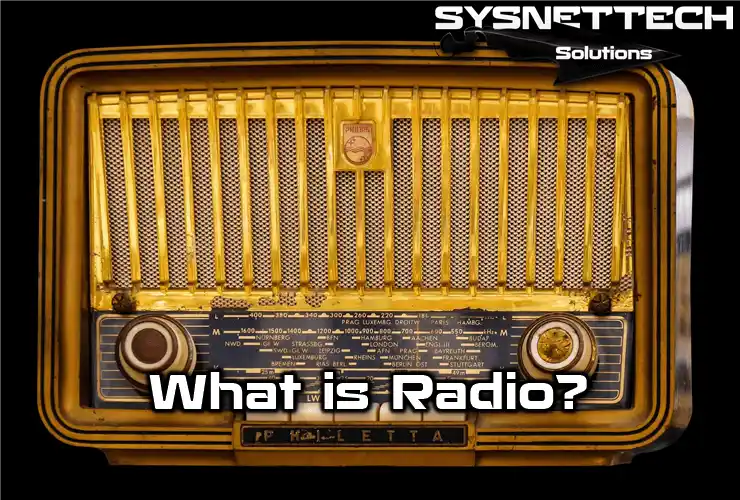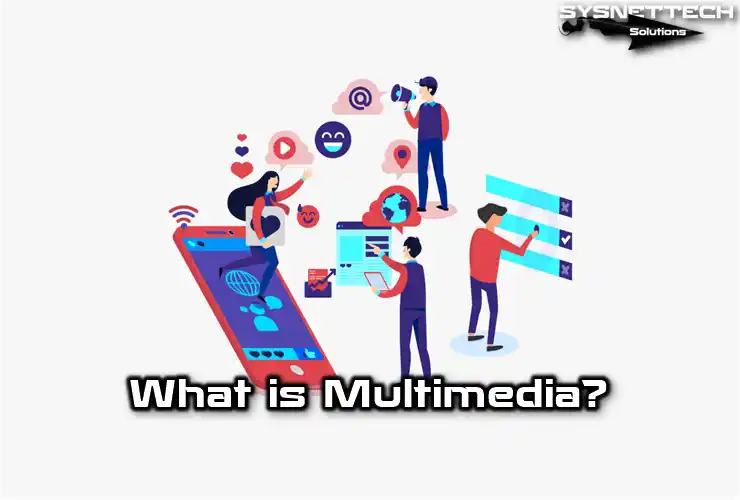Radio broadcast technology enables the transmission of signals using electromagnetic waves. These waves don’t need a physical medium to travel through air and space.

The Invention of Radio Technology
A radio wave happens when a charged particle gets excited at a specific frequency. This frequency belongs to the electromagnetic spectrum. When the wave interacts with an electrical conductor, it turns into sound signals.
Radiowave communication stuff began in 1873 when an intelligent guy named James Clerk Maxwell learned about waves that can do cool things with electricity. Heinrich Hertz, a German inventor, made these waves using electricity. So, the very first broadcasting show happened in 1920.
During the 1990s, new radio systems emerged. These included satellite radio, accessible, and community. One of the most popular systems was Internet broadcasting.
Radio History
It is a communication medium that lasts for years. It remains relevant despite newer systems like television and digital content.
The first radio system used AM technology. But, in 1933, they introduced a method using FM technology. FM provided better sound quality and was less susceptible to interference. Eventually, FM broadcasting became available in the late 1930s.
A guy named James Clerk Maxwell discovered something assortment in 1873. He learned about waves that can carry messages through the air, which is how we can send radio and TV signals. In 1888, an intelligent scientist named Heinrich Hertz learned about particular waves that come from things.
Then, in 1895, a brilliant Italian inventor named Guglielmo Marconi did something special. He invented a new way to send messages across the big ocean in 1901.
In 1898, a Spanish scientist, Julio Cervera Baviera, worked in Marconi’s private laboratory. Cervera successfully transmitted the human voice over the system we now call radio. In the 1920s, thermionic valve amplification significantly improved in receivers and transmitters.
History in the 1900s
In 1933, Edwin Armstrong invented a high-quality system that used frequency modulation. This system was less susceptible to interference compared to AM. Later, they commercialized this procedure by implementing a station system.
During the 1950s, radio technology underwent further development, especially with transistors. In 1957, Regency introduced the first portable transistor receiver powered by batteries. It was small enough to fit in a pocket.
In the following 20 years, transistors replaced tubes, except for high powers or frequencies.
Between the 1960s and 1980s, broadcasts faced some decline. It was because of competition from television and stations stopping shortwave broadcasting. But, they later started using new digital technologies.
Internet broadcast is famous nowadays due to the widespread use of broadband internet. As a result, many significant stations have started broadcasting online.
Broadcast Language of Radios
Using a receiver to communicate involves specific transmission and expression. Radio journalists must handle speech, as their voice is their primary tool for work.
So, we use tone, intensity, intonation, emphasis, and modulation when we talk. We also need to adjust our speed and pause at appropriate intervals. All these aspects are essential in spoken language. To communicate effectively and avoid grammar mistakes. It’s helpful to practice vocalization and read naturally. Practicing vocalization and reading will enhance our understanding of the conveyed message.
Spoken language is crucial in journalism, as it is often the first news source for an event. This system brings many benefits and enables the swift reporting of current events using an information tool.
Another advantage is that broadcasts reach people who cannot read. It is precious in underdeveloped societies with high illiteracy rates.
Wireless communication is an excellent information medium because of its simplicity and brevity. It focuses on clear expression, making the message more effective.
Radio and Journalism
Broadcasting is the medium through which some genres of classical journalism reach their most significant benefit. Some of these types of communication are interviews, discussions, and meetings.
By adapting journalism to broadcasting, we add richness and personal touch to the message. It creates a more impactful experience for listeners. Communication becomes short, clear, and explicit as a result.



